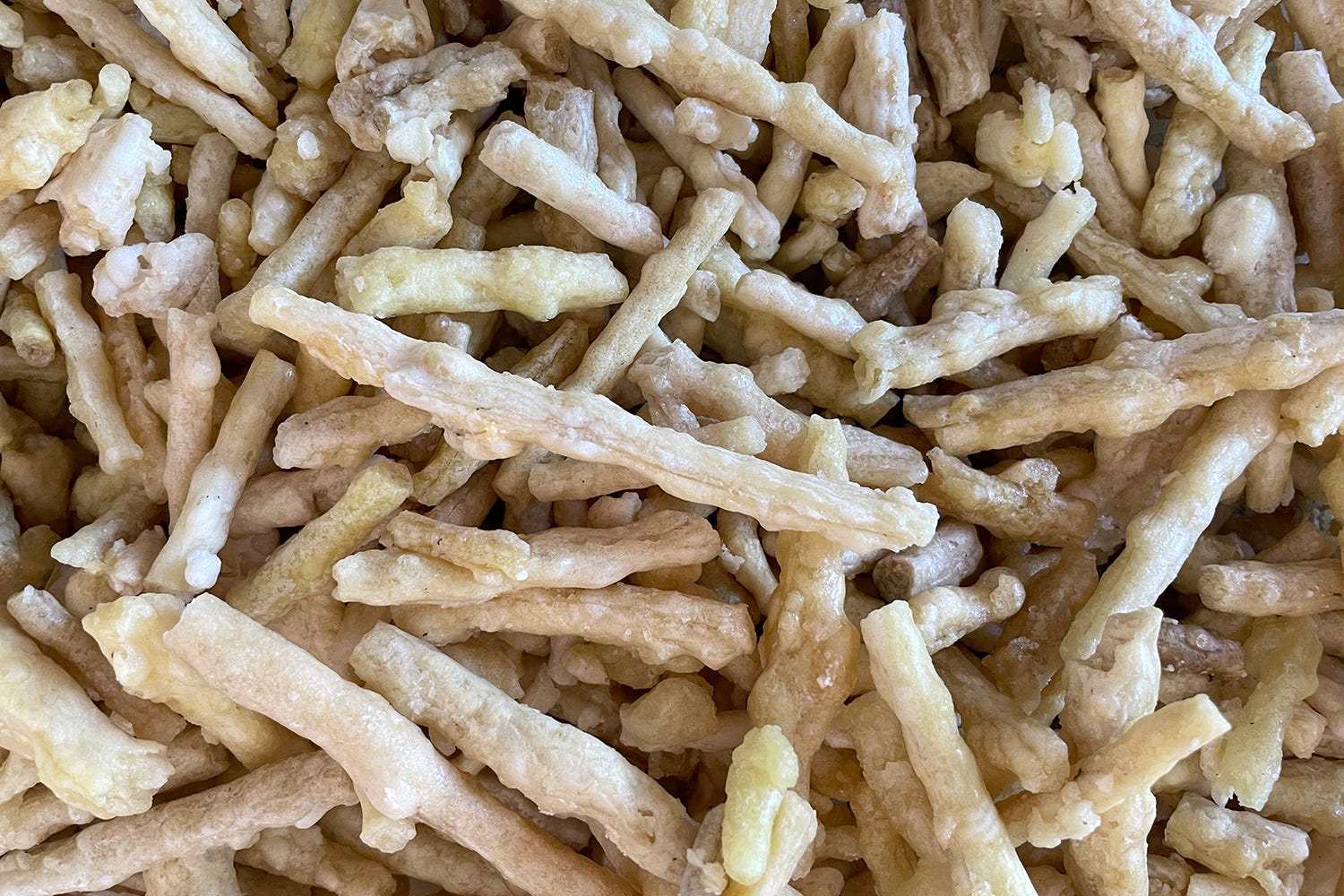This is an ad-free space, and all support comes from you: readers and listeners. If you would like to upgrade to a paid subscription you can do so here:
I
“I’m doing agriculture from 1000 years ago, but also from the future,” says Giulio Gelardi. He’s one of the last two ntaccaluòri, o…
Keep reading with a 7-day free trial
Subscribe to New Worlder to keep reading this post and get 7 days of free access to the full post archives.




